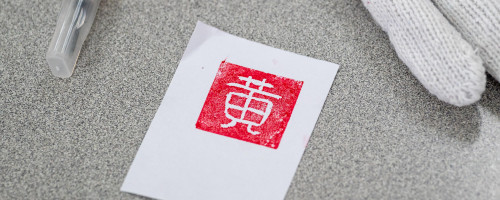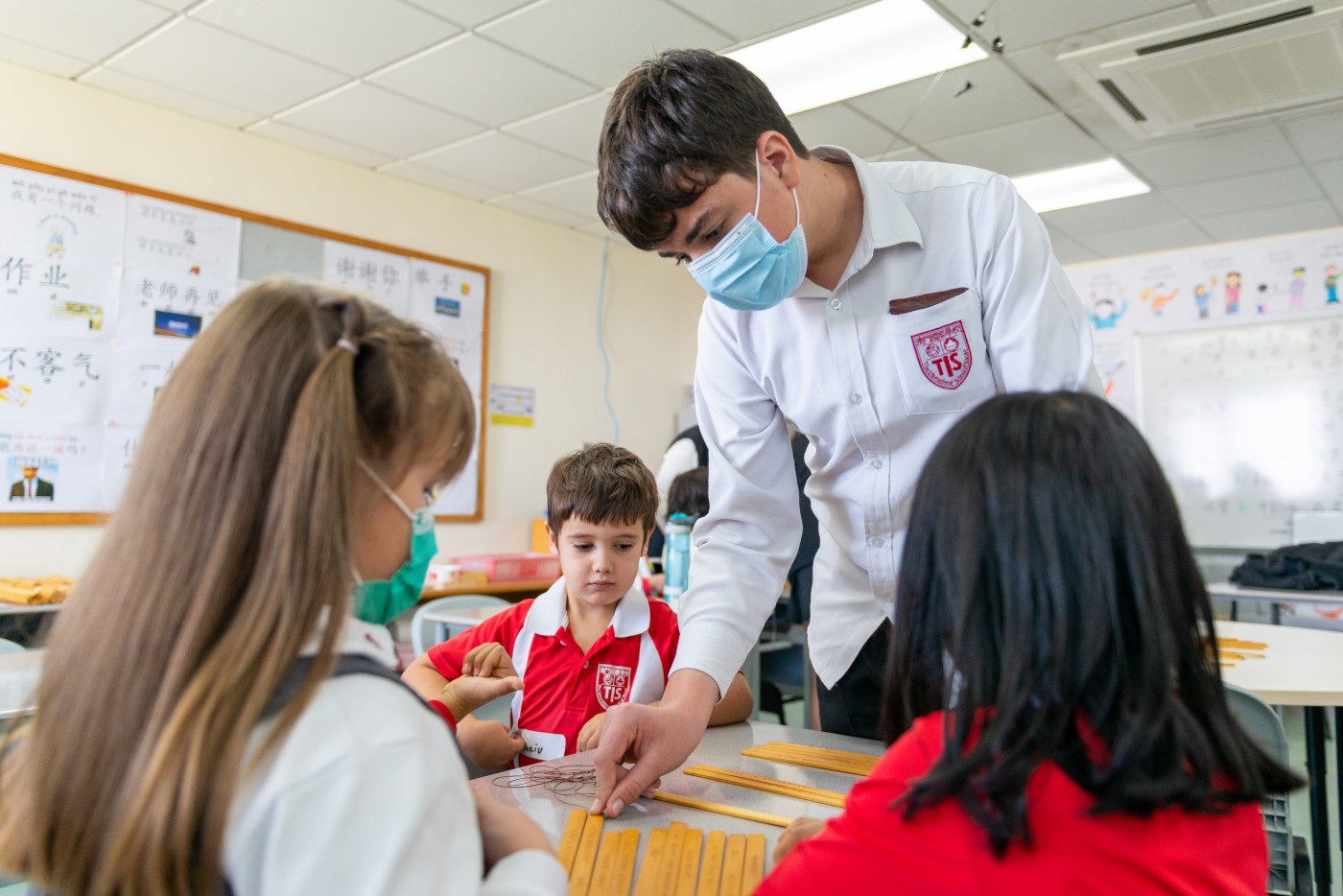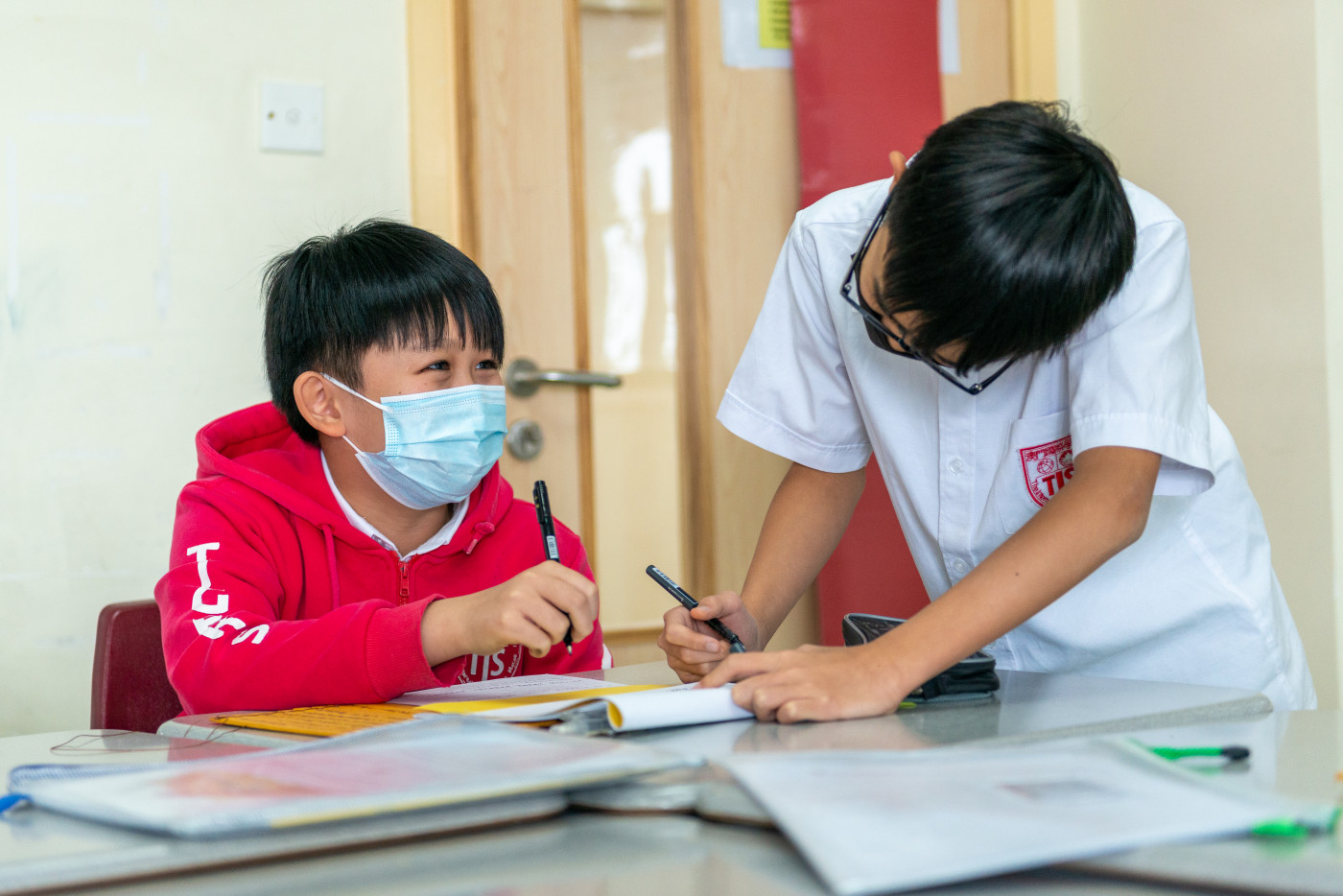
Learning a language through visual arts
Learning a second language can be challenging for anyone. Often, the thought of memorising words, vocabulary and grammar can overtake the excitement of being able to communicate. Not to mention, the apprehension when trying to articulate and be understood in a foreign language.

A powerful and effective language learning strategy that our Mandarin teachers use is deep diving into the meaning of words by immersing students into a culture’s customs, history and arts. In addition, adding visual aspects to learning a language can be a powerful tool that helps find the beauty in a language and its use. This is especially true when Chinese characters carry so much meaning in them, being pictorial representation of words, with origins based on how they are formed or derived.









From festivities to ancient poetry techniques to even making dumplings, our international students become immersed in Chinese history and culture through its various art forms. Their focus shifts to creative and critical thinking when using visual practice to learn a language. And while the art practice is not the main subject, it enriches the lesson, helps find the meaning behind words, and is very rewarding for teachers and students. This process also helps students in higher grades move away from self-doubt, creating a rewarding feeling and boost of motivation instead.

Student Experiences using visual techniques to learn Mandarin:
Chinese Culture Enrichment Week
While teaching a language usually includes voice, vocabulary, grammar, and character teachings, these classes focus more on interest, art-forms, hobbies and teamwork, helping students improve their language learning. For example, at the latest Chinese Culture Enrichment Week (gallery below), students learned Seal Script, an ancient technique in which students carved stamps with their names.Chinese Festivities
Chinese culture is so rich that its festivities are celebrated worldwide, including in our School. From the Mid-Autumn Festival to Chinese New Year, we often find our hallways colourfully decorated with items made by students, from PK to Grade 12. For example, hundreds of colourful paper lanterns hung from the ceiling earlier this year, setting the mood for the Mid-Autumn Festival.ECA’s
Chinese Calligraphy, Chinese Opera Masks and Lion Dancing are examples of activities students can enrol in. Students learn the symbolism behind each stroke, each flip of the masks and each drum beat, all taught in Mandarin.Student Initiatives
Take a look at some of our students achievements through this teaching method in these articles:
It Takes a Community and Nature is Speaking [In Mandarin]
Photo Gallery of: Chinese Culture Enrichment Week (14-18 November, 2022):















The Art of Seal Carving
Middle School students learn the Art of Seal Carving during Chinese Culture Enrichment Week.
Video by Ms. Kuong



